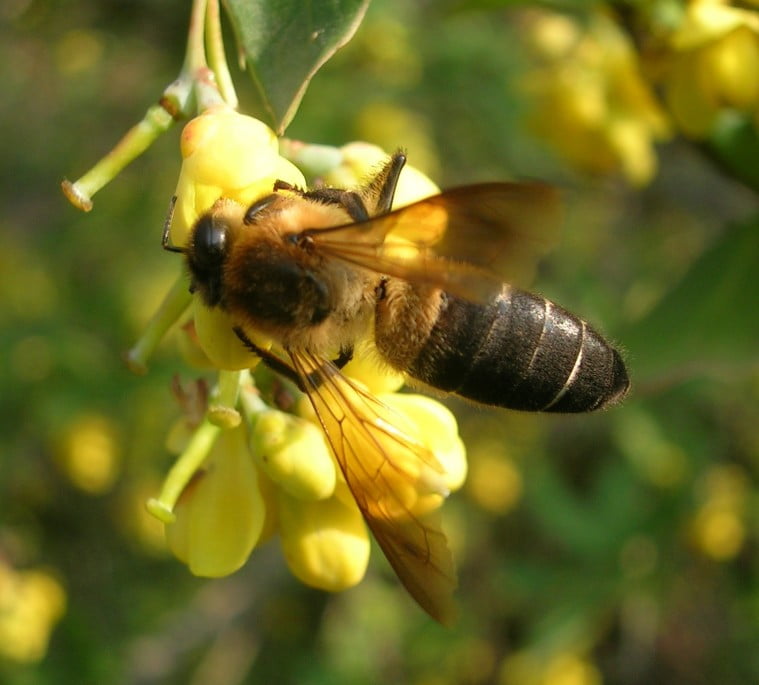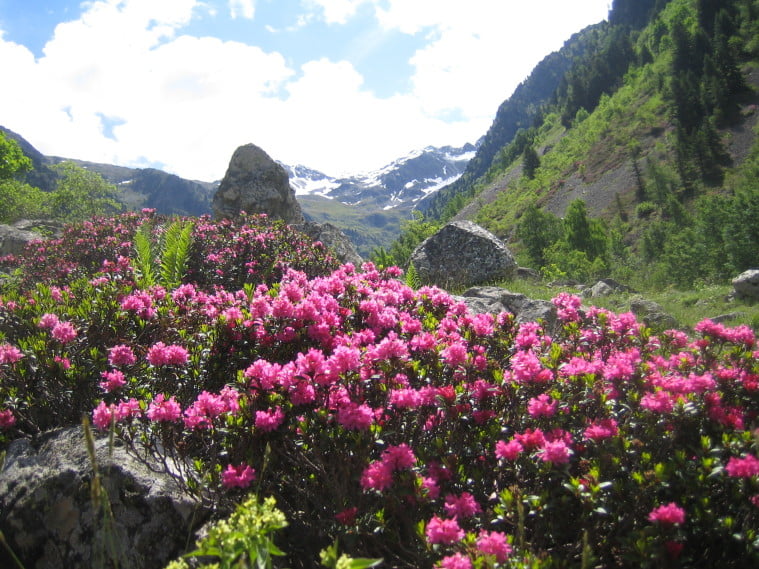
Travelling offers countless benefits. It broadens your horizons, ensures peace of mind, boosts communication and social skills, boosts creativity, improves health, but most importantly, it gets you real-life education.
You will learn numerous things from exploring different places, and you will gain new experiences, knowledge, and stories. Visiting a new place will allow you to understand the local people better, including their background, history, and culture.
If you are a fan of traveling, we suggest you venture into India, China, and Nepal, and you will definitely have a life-changing experience!
Apart from the mind-blowing sites in these incredibly diverse countries and the traditional, humble, and charming people, you might also get the opportunity to find one of the countless miracles of Nature.
People in Himalayan cliffs can enjoy the benefits of honey with highly medicinal — and even psychedelic — properties. Due to its unique properties, this medicinal food is often called “mad honey”.
The largest bees in the world, the Himalayan cliff bee (apis dorsata laboriosa), locate their hives exclusively in this area.
These bees measure at just over 3 cm long and only nests in altitudes between 2500 and 3000 meters (8,200 and 9,800 feet). They tend to build their nests under the overhangs on the south-western faces of vertical cliffs.

These huge nests, up to 5ft in diameter and containing 60kg of honey, are extremely difficult to reach, but locals even risk their lives to reach it, since the honey inside is unbelievably valuable.
They collect two batches of honey a year, in spring and autumn, but springtime is the only time the honey is truly mad. The even more incredible fact is that they collect it without any protective coverings while hanging over a cliff face.
Amazing!
Another interesting fact about this honey is that in small amounts, it is completely safe to consume it, but the flowers the bees scavenge pollen from, Rhododendron flowers, are highly poisonous to humans.
A lot of Rhododendron species contain grayanotoxins which are poisonous to humans. Yet, these toxins appear in minimal quantities in the honey.
This honey is a potent hallucinogen and recreational drug, and also offers numerous medicinal qualities. When taken in small doses, the honey is believed to be effective in treating everything from hypertension and diabetes to poor sexual performance.
In small amounts, the honey is intoxicating and creates pleasant dizziness, a tingling sensation, and a feeling of relaxation.
With slightly larger amounts, it can be hallucinogenic, but there is little scientific literature regarding its effects.
In larger doses, mad honey can cause Rhododendron poisoning (or honey intoxication), characterized by vomiting, progressive muscle weakening, and heart irregularities.

The best option is to find this honey locally. Many villagers do not eat their psychedelic honey as it fetches too great a price at the market, and the profits from the sale generally benefit the entire village.
The sticky, reddish fluid known, thanks to its hallucinogenic properties, sells on Asian black markets for $60 to $80 a pound, which is roughly six times the price of regular honey.
The following mini-documentary shows the way people from a tribe in Nepal go to great lengths to gather this liquid gold:
